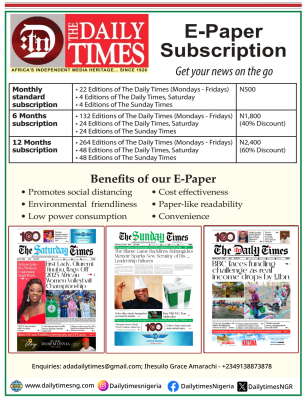Foreign inflows hit $2.73bn, highest in 29 months, as naira slips

BY MOTOLANI OSENI
Foreign inflows into the Nigerian Foreign Exchange Market (NFEM) surged to a 29-month high in June 2025, rising by 116.8 per cent month-on-month to $2.73 billion, according to the latest data from FMDQ.
This is as total foreign exchange inflows into the Nigerian Foreign Exchange Market (NFEM) was down by 28.1 per cent month-on-month to $4.84 billion in June 2025, compared to $6.74 billion that was recorded in May, as fresh pressures mounted on the naira across both official and parallel markets.
Driven largely by increased foreign portfolio participation, the rise in foreign inflows comes amid a decline in local inflows and continued pressure on the naira, which weakened across both official and parallel markets during the same period.
According to the latest data from FMDQ, the jump in foreign inflows accounted for 56.3 per cent of total forex market liquidity in June, up from 18.7 per cent in May. The jump in foreign participation was buoyed by improving investor confidence and easing global monetary tightening.
Notably, foreign portfolio inflows (FPI) climbed 133.6 per cent m/m, though inflows from foreign corporates and direct investments fell by 39.8 per cent and 31.6 per cent, respectively. Despite the rebound in foreign participation, total forex inflows into the market dropped by 28.1 per cent month-on-month to $4.84 billion compared to the May figure of $6.74 billion, dragged down by a steep 61.4 per cent decline in local inflows.
READ ALSO: New Music Trends: Re-Records, Tours & Album Drops
The data showed that local inflows plunged to a four-month low, dropping by 61.4 per cent month on month to $2.11 billion, down from $5.48 billion in May. The drop was spread across key segments, with inflows from individuals down by 91.6 per cent, inflow from the Central Bank of Nigeria(CBN), as well as exporters/importers, declined by 77.2 and 74.4 per cent, while non-bank corporates’ inflow was down by 17.6 per cent.
Market watchers attribute the continued weakness of the naira to persistent dollar demand pressures, which have outweighed available supply, despite recent CBN interventions, including a $50 million forex injection into the market this week.
Meanwhile, the value of the naira depreciated last week by 0.2 per cent to N1,531 to the dollar at the official market, as demand pressures emerged, outweighing supply from FPIs looking to participate in the Open Market Operations (OMO) at the primary market.
The parallel market mirrored the downtrend, with the naira depreciating by 0.97 per cent to settle at an average of N1,545, down from N1,530, which it closed the previous week. This drop in value last week had erased part of the currency’s recent gains, even as CBN continued its interventions to defend the naira.
Analysts at Cordros Research noted that, while forex inflows from FPIs are likely to remain strong in the short term, bolstered by elevated stop rates at OMO auctions, lingering uncertainties in global trade may hamper further momentum, potentially constraining liquidity growth in the NFEM.
The value of the naira also depreciated across all forward contracts as the one-month forward dropped 0.4 per cent to N1,572.31, the three-month fell 1.5 per cent to N1,646.72, the six-month declined 2.5 per cent to N1,751.58, while the one-year forward dipped 3.8 per cent to N1,952.87.
Amid the weakening exchange rate, Nigeria’s gross external reserves saw a modest rebound, rising by $147.79 million to $37.33 billion as of July 10, after seven straight weeks of decline. This uptick was further supported by improved oil prices and increased crude exports.
Oil markets gained marginally amid easing trade concerns, with Brent crude nearing $70 per barrel. Nigeria’s Bonny Light crude also inched up to $72.81 per barrel, from $72.07 the previous week, providing a boost to Nigeria’s external reserves, which closed the week at $37.36 billion, representing a 0.47 per cent increase.
The Organisation of Petroleum Exporting Countries (OPEC), in its latest 2025 World Oil Outlook, projected robust global demand, estimating consumption to reach 122.9 million barrels per day by 2050, up by over 19 million barrels per day, with Africa, India, and the Middle East expected to drive the increase.








